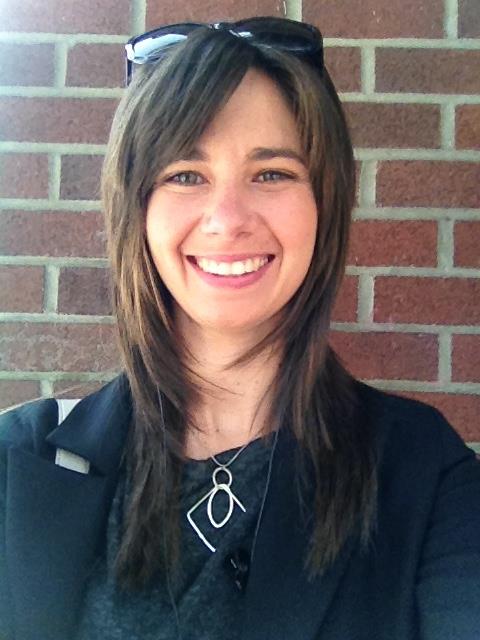Post-secondary institutions face a variety of challenges in regard to food and mind-altering substances. These can run a gamut from “orthorexia” (an obsession with eating only foods deemed very healthy) to what has been dubbed “drunkorexia” (extreme weight control practices to compensate for calories added in episodes of heavy drinking).
At least some of the factors that contribute to unhealthy eating on campus are the same as those which influence unhealthy alcohol or other drug use. That was a common theme in the discussion during a webinar we participated in some weeks ago. The conversation focused on how post-secondary institutions might address these factors so as to create conditions more conducive to wellbeing.
One thread of the conversation had to do with how eating and substance use are both linked to socializing and building relationships. Solitary consumption, whether it’s food, alcohol or illicit drugs, is more likely to be harmful for people. So why not encourage individuals to eat and drink mostly in the company of others rather than in isolation? Our institutions also need to consider how they might foster an environment that naturally brings people together and promotes sensible, enjoyable eating, as well as substance use that is both moderate and gratifying. This will not only help avoid problems but will encourage participation in the community and help create a positive sense of identity and belonging.
It has long been recognized that campuses can influence their alcohol culture. Ideally, drinking should be situated as an optional (rather than essential) and peripheral (rather than central) component of forging and strengthening bonds of friendship and having fun together. Messaging such as “not too much, not too often, only when safe” can promote more reflection and intentional choices around the use of alcohol (and other drugs). Policy can attempt to thoughtfully regulate use in ways attentive to the health interests and rights of users and non-users alike. But this will not be enough.
Sustained efforts to cultivate a culture of connectedness and caring will need to engage community members in dialogue around the issues. Students, administrators, faculty, counsellors, residence staff, coaches and others would be among the partners in such conversation on campus. Nurturing respectful dialogue is challenging in our fractured society but is essential to building mutual understanding that will allow us to function together. Engaging conversation on “big” questions related to pleasure, social responsibility and moderation while preparing a meal and eating together together may not be a bad place to start. Selkirk College’s Dinner Basket Conversations provide a great example.
Of course, we will not all agree. Those who are persuaded that nothing short of drunkenness delivers confidence, liberation, opportunity, adventure, or hilarity can still be encouraged to practice protective strategies for themselves and their comrades. They can also be presented with alternative ways of meaningful engagement that will broaden their horizon of what can build confidence and provide friends and memorable experiences.
Campuses can best address these challenges by being strategically proactive. Being reactive in employing countermeasures and penalties to reduce exposure to damage will not do it. Campuses must actively and continuously seek to foster, through many different initiatives, a community of collective caring that produces mutually enhancing relationships among all its members.
Hopefully the conversations will continue. The Centre for Addictions Research of BC, Canadian Mental Health Association-BC Division, and Jessie’s Legacy Eating Disorders Prevention Program are interested in helping post-secondary institutions implement effective approaches to support healthy relationships with food and substances on campuses. Please send your ideas and experiences to tdyck@carbc.ca.
Authors: Tim Dyck, Dan Reist, Centre for Addictions Research of BC.
**Please note that the material presented here does not necessarily imply endorsement or agreement by individuals at the Centre for Addictions Research of BC.




